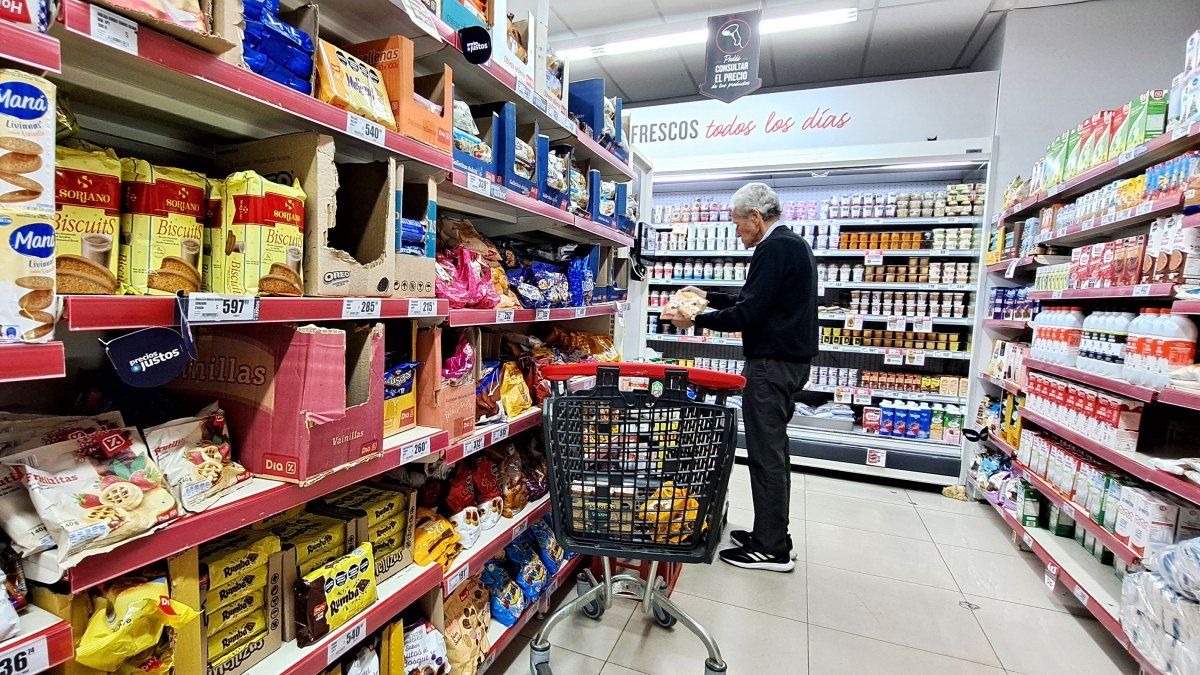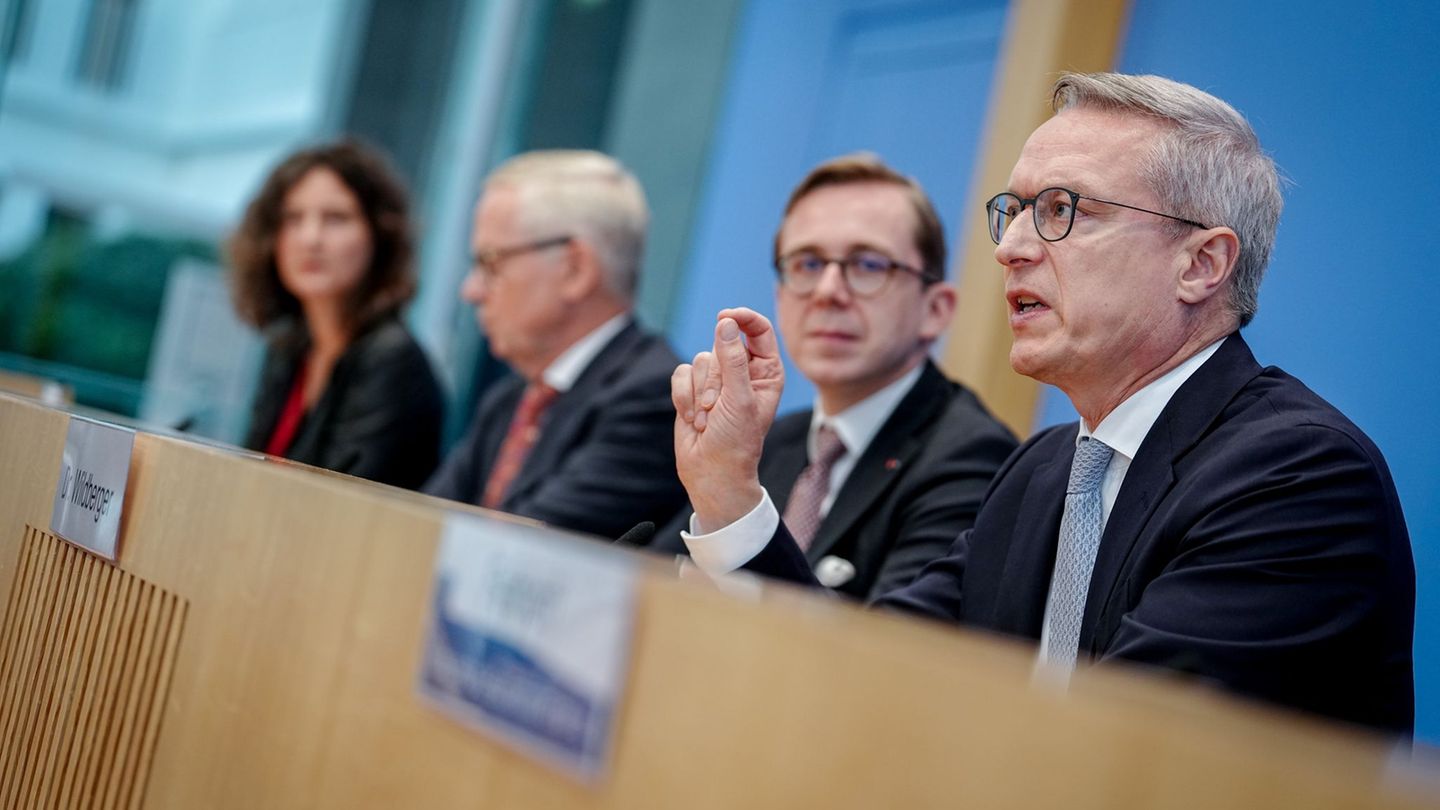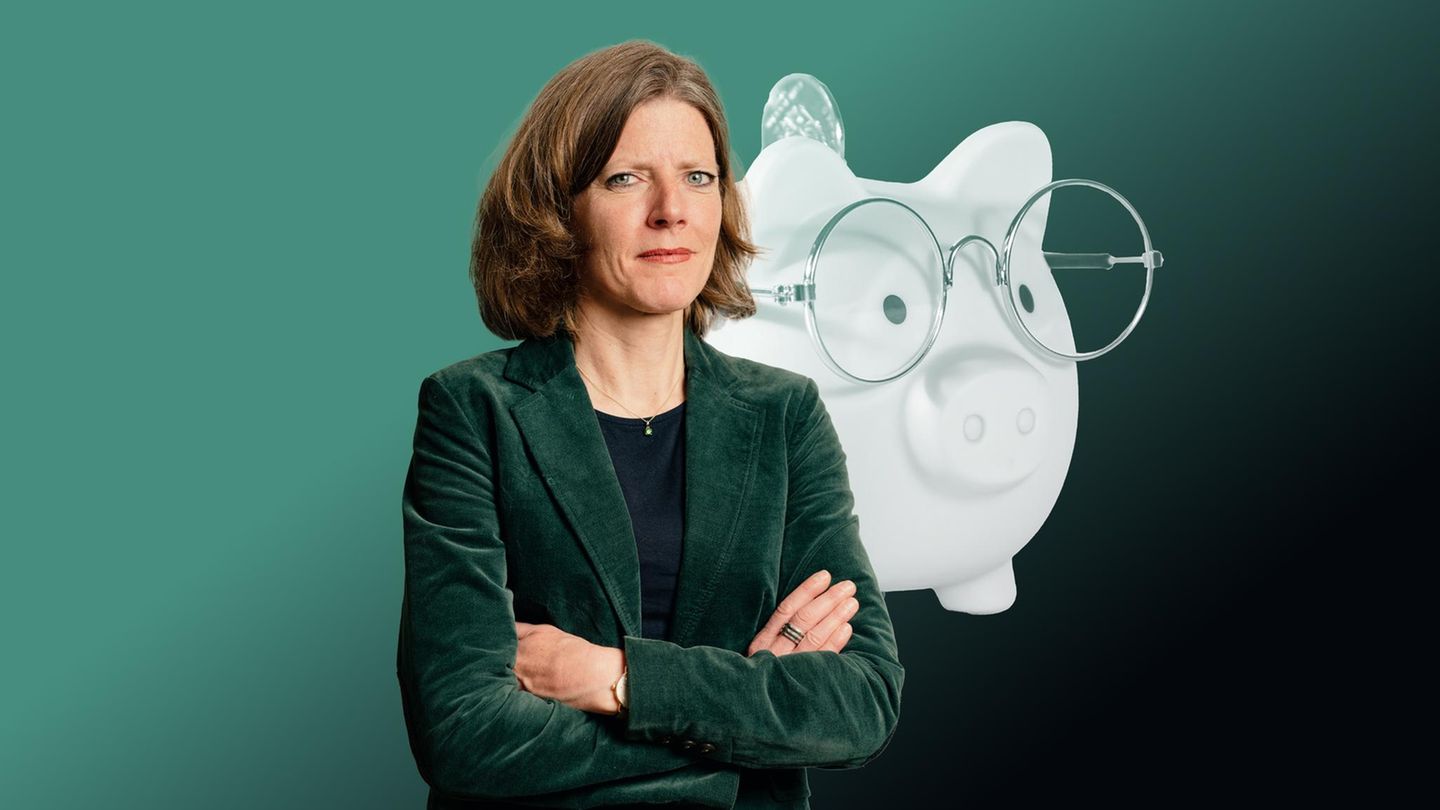In this scenario, according to the first polls by some consultants, it is expected that in July a variation with an upward trend will be observed, since different increases in regulated prices will affect, despite the fact that food (the item with the highest incidence within the CPI) continue to show lower growth than in previous months.
“In the two weeks to date in July, food inflation has held down (5% average in the last four weeks), but with a high proportion of products with increases”, they explained from LCG.
In any case, from the firm they indicated that “June is usually a month in which seasonality plays in favoron which, moreover, on this occasion no significant rate adjustments were added and the BCRA validated a lower crawling of the official exchange rate than in previous months”.
“Beyond the slowdown of the last few months, similar to that of the end of last year that was strongly reversed in a few months, We do not believe that you will see a change in trend this year. The economy remains closed and expectations about a new government and future changes in relative prices will continue to keep inflation at high levels. The drop in aggregate demand may put a brake, but it will do so based on high inertia,” they remarked from LCG.
For their part, as analyzed by the C&T consultancy, “the data from the first days of July place inflation above 7%, in a month where tourism has a higher incidence, and where there are further increases in regulated prices (prepaid, schools)”. “Food and beverages are increasing below 6% in July,” they remarked from the firm, which in June measured a variation of the CPI in the GBA of 6.7%.
Meanwhile, from CEPA, they mentioned the increases in the rates of public services (between 11% and 36% in electricity), the prepaidhe transportthe gasoline and tolls, as well as increases in Internettelephony and cable, added to those of education.
As for the food and drinks, from CEPA remarked: “The impact of exchange rate tensions tending to force a devaluation, which occurred in April, and which had an impact on prices, was not replicated in May or June. However, the ‘parched prairie’ scenario in relation to the shortage of dollars due to the drought remains in force. Additionally, IMF pressures for an exchange rate adjustment also condition the evolution of prices”.
Analysis
P16 – Supermarket (NA_opt.jpeg
They highlight that food inflation continues “down” in the first days of July
“It seems that prices in the short term will be closer to 7% than the peak evidenced in April, but it continues to be a year with high and persistent inflation”, they pointed out for their part from ACM, and detailed: “It will be essential to see if the current dynamics in food and beverage prices will be sustainable in these coming months. From now on, the month of analysis seems to mark a ‘floor’ for the remainder of the year, since in July increases in regulated prices are expected, which includes the public transport, fuel, prepaid, among others”.
“Although the data for June brings relief compared to the recent evolution of prices, the second half of the year remains dominated by the electoral scenariowhich can make the exchange rate issue more complex and worsen inflation expectations in the event that some unexpected ‘noise’ is generated”, they stressed.
For his part, when analyzing the variation in inflation last month and projecting what could happen in the future, Martín Calveira, a research economist at the IAE Business School, pointed out that although the data for June “shows a slowdown compared to the levels that registered since March, continues to constitute a high monthly variation level”.
“A similar level of price variation is expected in the second half of the year. Market expectations propose a level of 7% as a floor, although new impulses may be generated if a greater correction of the exchange rate occurs after the PASO elections”, Calveira explained.
Source: Ambito




